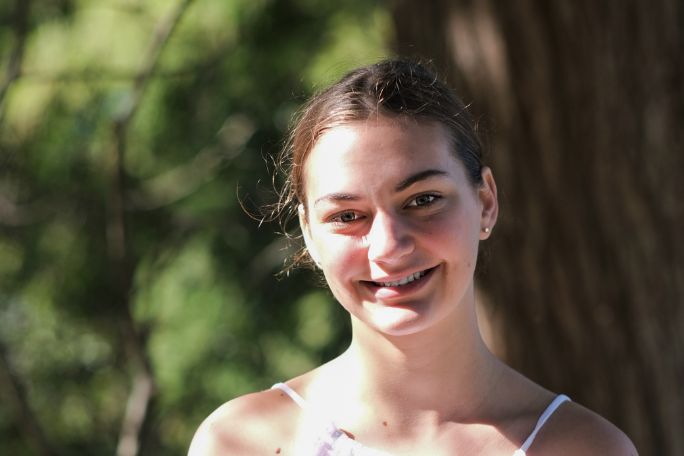Lesson summary
In this lesson, students grapple with the real-world problem: What consent model is best for organ and tissue donation in Australia, ensuring it is ethical, effective and acceptable to the majority of the population? Students read about the issue and understand the status quo. They then explore multiple perspectives by preparing arguments for debate.
Learning intentions:
Students will...
- understand the difference between opt-in and opt-out consent models
- identify the strengths and weaknesses in different approaches to an issue
- use their prior knowledge, reading and class discussions to participate in a devil’s advocate debate.
Success criteria:
Students can...
- read and understand an academic piece of writing
- identify persuasive language and values in a piece of writing.
- summarise an article effectively
- work collaboratively to identify the strengths and weaknesses of different consent models
- persuasively articulate a position.
Lesson guides and printables
Lesson details
Curriculum mapping
Australian Curriculum content descriptions:
Syllabus outcomes: EN5-1A, EN5-2A, EN5-8D
General capabilities: Literacy, Critical and Creative Thinking, Ethical Understanding
Cross-curriculum priority: Sustainability
Relevant parts of Year 10 achievement standards: Students create a wide range of texts to articulate complex ideas. They make presentations and contribute actively to class and group discussions, building on others’ ideas, solving problems, justifying opinions and developing and expanding arguments.
This lesson is part of the wider unit of work DonateLife: Exploring Organ and Tissue Donation – Years 9 & 10
Level of teacher scaffolding: High – facilitate class discussion and debate and support students to comprehend academic articles.
Resources required
- A device capable of presenting a video to the class
- Consent Model Articles (one article for each group member)
- Consent Systems Factsheet (online access)
- International Consent Models Graph (online access)
- Organ Donation Process Factsheet (online access)
- Student Worksheets - one copy per student
- Transplantation And Donation Activity Report 2022 (online access)
Skills
This lesson is designed to build students’ competencies in the following skills:
- Communication
- Creativity
- Empathy
- Ethical understanding
Additional info
This lesson has been created in partnership with DonateLife to get young Australians talking about organ and tissue donation.
Organ, eye and tissue donation saves lives, restores health and improves the quality of life for thousands of Australians each year. But did you know that only 2% of people who die in hospitals each year can be considered for organ donation? One organ donor can save the lives of up to seven people and help many more through eye and tissue donation.


Welcome back!
Don't have an account yet?
Log in with:
Create your free Cool.org account.
Many of our resources are free, with an option to upgrade to Cool+ for premium content.
Already have an account?
Sign up with:
By signing up you accept Cool.org's Terms and Conditions(Opens in new tab) and Privacy Policy(Opens in new tab).